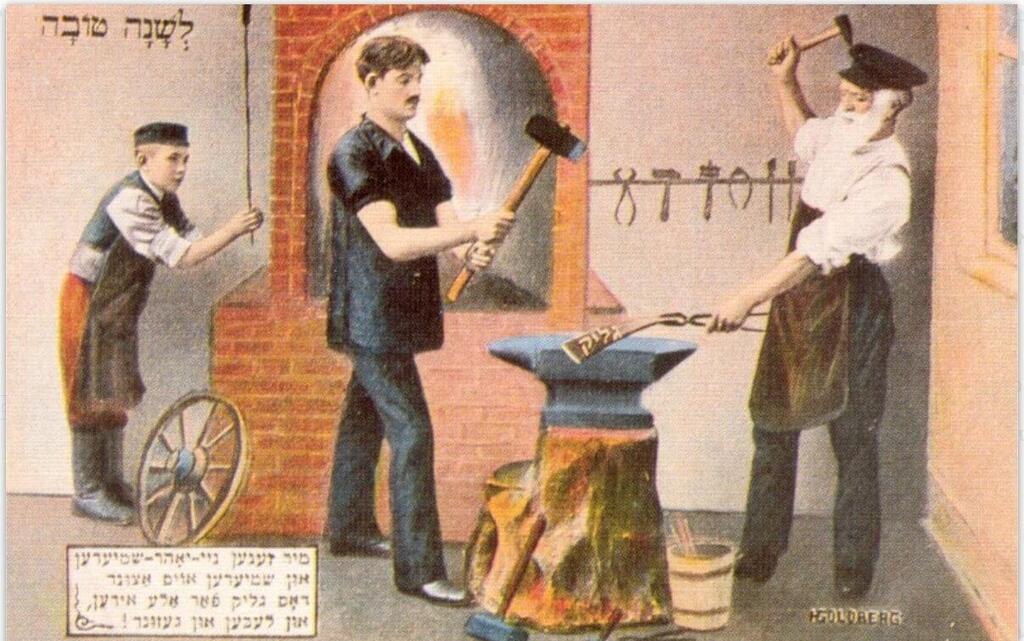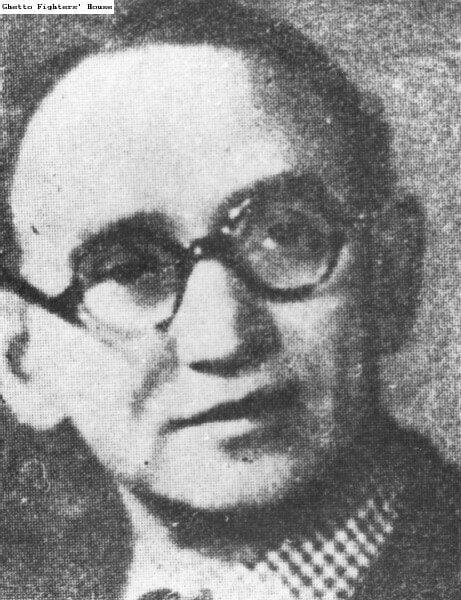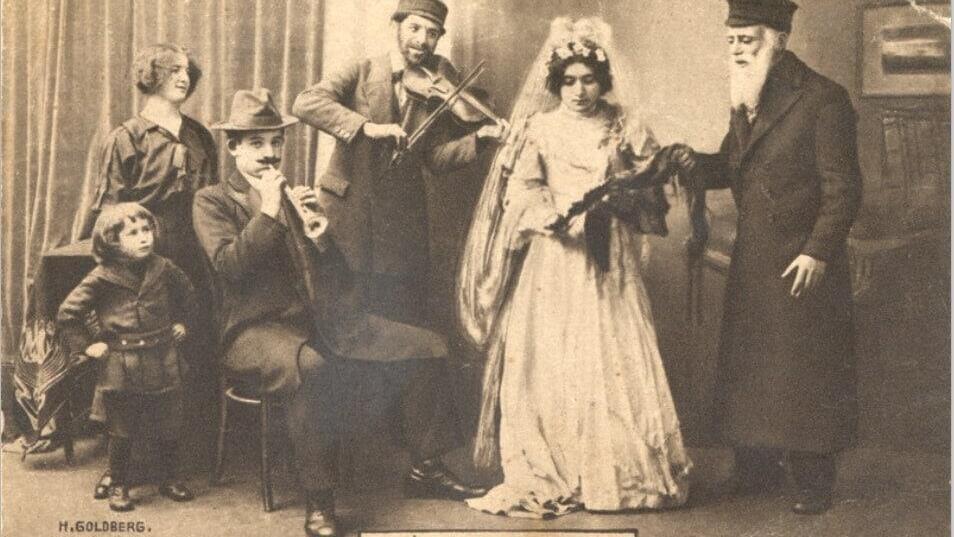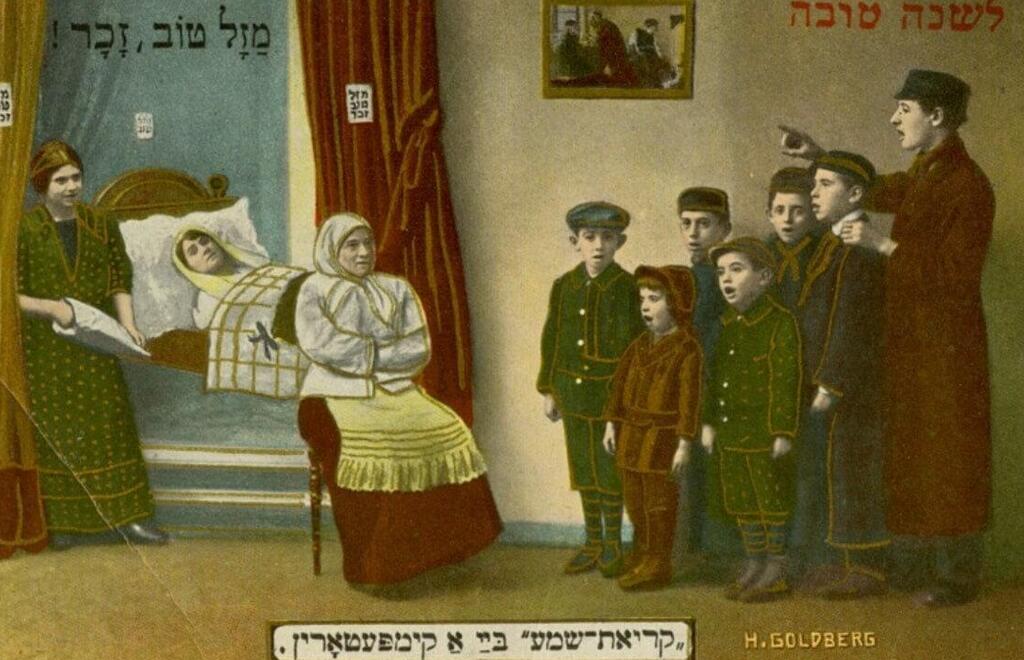An impressive collection of Shana Tova epistles, found among the ruins of the Warsaw Ghetto and transferred to the Israel's National Library, reveals the lives of the Jews of Poland prior to the Holocaust.
What's even more impressive is the individual who produced these holiday cards - graphic designer Haim Goldenberg, who due to his talent, was entrusted creating the official posters of the Judenrat in the ghetto. The renowned Jewish artist was later murdered by the Nazis, along with his wife and only son.
Not so long ago, before social media and messaging Aps became the dominant form for communication, it was customary to send out holiday cards to family and friends. This tradition started in Europe towards the end of the 19th century, when Jews would send blessings to their relatives and loved ones who immigrated to the United States.
Due to the prospering of printing houses in Poland, many Jewish artists entered the profession of design, production, painting and photography. Amongst them, Haim Goldenberg stood out the most.
In 1912, Goldenberg opened a photography studio in Warsaw and brought a new concept to the local Jewish community - a fusion between staged photography of actors and the graphic techniques he learned in Germany. Thanks to his talent in drawing, his prints were very successful, especially amongst the Polish Jews. Aside from drawings, Goldenberg would incorporate poetry into his works.
5 View gallery
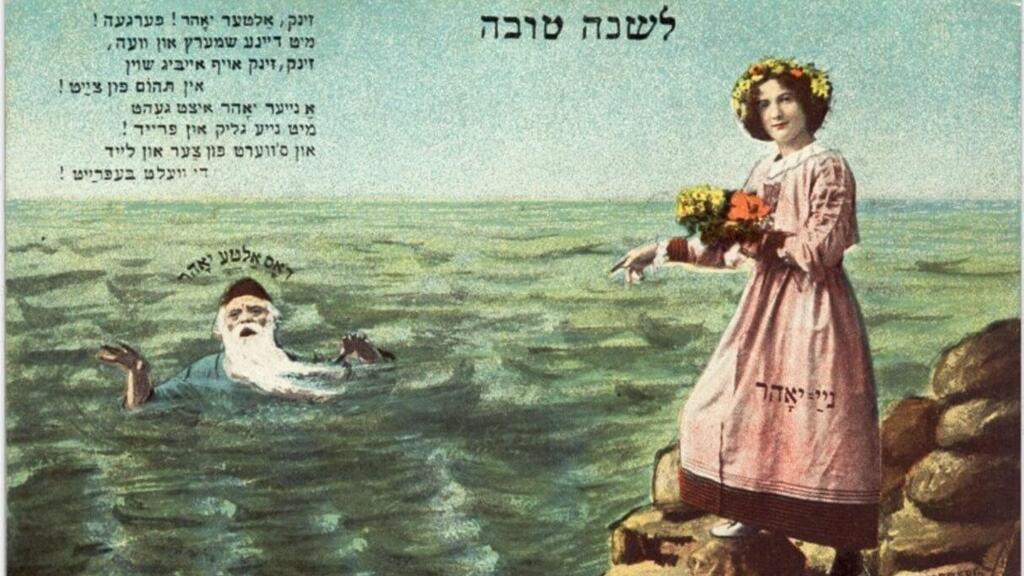

Rosh Hashana holiday card by Haim Goldenberg
(Courtesy of the National Library of Israel)
When the Nazis invaded Poland in 1939, Goldenberg, together with his wife and son, escaped to Białystok, the largest city in the northeast of the country but they were trapped in the ghetto. Under occupation, he continued to pursue his work in drawing, and even drew the official posters of the Judenrat. The artist perished in 1943.
Many of his works were found in the ruins of the Warsaw Ghetto, and were added to the collection of Rosh Hashana holiday cards in the National Library. Israel's library holds the largest collection, including thousands of cards, epistles, and blessings that Jews from all over the world would send to their loved ones.
"The paintings and illustrations of the blessings in the collection offer us a fascinating perspective on the different images chosen to accompany the blessing for the new year," explained Ariel Viterbro, an archivist at National Library. "Thus, for example, we can learn about the religious life of the Jews who lived in these countries, but also about their daily lives, and the social, cultural, and technological changes within the Jewish communities."


